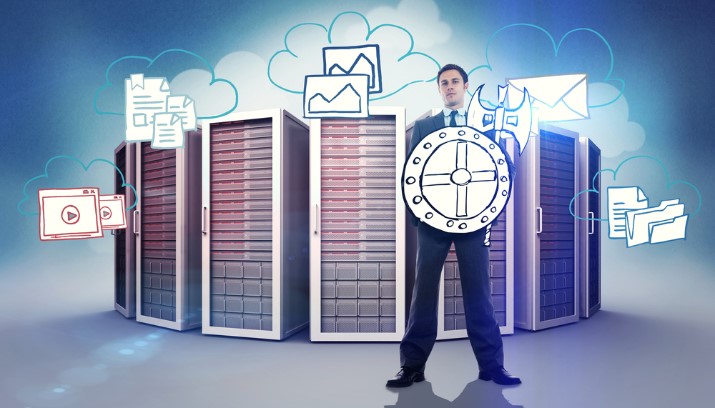With the amount of data flowing in and out of various applications, databases, and systems, organizations today require a single, unified system to provide reliable and accessible data for individuals at all levels of the organization. And with the changes that are being brought about with IoT and big data, the importance of fast, reliable, and secure data processing is more important than ever.
In response to this, IT organizations are increasingly relying on software that provides data management for improved decision-making. One of the most commonly used systems today for integrating business processes and data is SAP NetWeaver. NetWeaver is an application builder for integrating processes and databases from multiple sources.While SAP’s native scheduling capabilities are great for managing the SAP solution stack, the inherent limitations of SAP-only scheduling don’t make the cut for an enterprise-wide strategy. Without an all-in-one job scheduler, organizations have to rely on manual tracking of dependencies to ensure that each step kicks-off upon the completion of the previous step. And if a particular step fails at any point, organizations must wait until the failure is discovered before they can restart the entire workflow all over again from the first step, not the step at which it failed.
Today’s IT environments run a lot deeper and wider than SAP alone. This is where enterprise-wide IT Automation comes in.
IT automation provides the organization with a single pane of glass to view SAP and non-SAP systems and processes. This kind of visibility, coupled with dynamic event scheduling, comprehensive monitoring & alerting, and near real-time resource management improves the power of your data processes.
For example, PrimeSource found that by introducing an enterprise automation solution in their IT environment, they were able to save 20 hours a week on processes that had previously been run manually. As one of the largest distributors in the world, invoicing customers is a frequent and vital business operation for PrimeSource. Specifically, PrimeSource primarily relies on electronic invoicing, or Electronic Data Interchanges (EDI), to invoice vendors and customers. EDI invoicing is used between SAP systems and external systems to enable vendors to transfer invoice information electronically.
Before introducing IT automation, dependencies would fail and invoices would fall through the cracks because the manual process that was in place had no automated issue alerting. As a result, customers wouldn’t get billed on time and delivery times suffered, resulting in revenue loss for the company.
Using ActiveBatch, PrimeSource built a series of jobs around existing programs in SAP, linking its EDI software to SAP, which input the data into SAP in order to create invoices. Issues are now identified when they occur, removing the need for manual intervention and improving customer billing times.
Read the Case Study to learn more about how PrimeSource automated its SAP processes with ActiveBatch.
